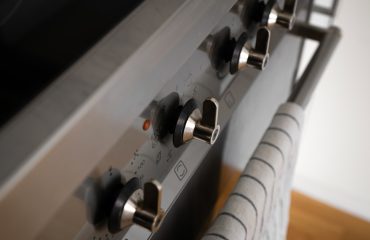The skyline of any major city today is a testament to the power and versatility of steel. From soaring skyscrapers to elegant bridges, steel’s impact on modern architecture is undeniable. This post explores the fascinating journey of steel, from its early tentative uses to its current status as the backbone of many of the world’s most iconic structures.
The Dawn of Steel in Construction: From Bridges to Buildings
While iron had been used in construction for centuries, the mass production of steel in the late 19th century marked a revolutionary turning point. The Bessemer process and later advancements significantly reduced the cost and increased the strength of steel, making it a viable and increasingly attractive alternative to traditional materials like stone and brick. Initially, steel’s strength was primarily harnessed in bridge construction, with iconic structures like the Brooklyn Bridge showcasing its potential. However, it wasn’t long before architects began to envision the possibilities of steel in building construction, leading to the emergence of taller, lighter, and more complex structures. This early adoption paved the way for the skyscraper revolution.
The Rise of the Skyscraper: Steel’s Defining Moment
The late 19th and early 20th centuries saw the rapid development of the skyscraper, a building type that would be unthinkable without steel. The ability of steel to support immense weight and span vast distances allowed architects to push the boundaries of height and design. The Home Insurance Building in Chicago, often cited as the first true skyscraper, utilized a steel frame construction, demonstrating the potential of this new material. This innovation led to a rapid escalation in building heights, with steel frameworks enabling the creation of ever-taller and more complex structures. The development of elevators further fueled this trend, making high-rise buildings practical and desirable.
Beyond the Skyscraper: Steel’s Diverse Applications
While skyscrapers are the most obvious representation of steel’s impact, its applications in modern architecture are far more diverse. Steel is used extensively in the construction of bridges, stadiums, museums, and even residential buildings. Its versatility allows for a wide range of architectural styles and designs, from the sleek and minimalist to the ornate and expressive. The use of steel also allows for prefabrication, enabling faster construction times and reduced on-site labor. This efficiency is particularly crucial in large-scale projects.
Steel and Sustainability: Balancing Strength and Responsibility
The environmental impact of steel production is a significant concern in the modern era. However, advancements in steel manufacturing processes are leading to more sustainable practices. Recycled steel is increasingly used, reducing the need for virgin materials and minimizing the carbon footprint. Furthermore, the durability and longevity of steel structures contribute to their sustainability, as they require less frequent replacement than structures built with other materials. Architects are also exploring innovative designs that optimize steel usage and minimize waste, further enhancing the sustainability of steel-framed buildings.
The Future of Steel in Architecture: Innovation and Integration
Steel continues to evolve as a building material. New alloys and manufacturing techniques are constantly being developed, leading to stronger, lighter, and more versatile steel products. Architects are exploring innovative ways to integrate steel with other materials, such as concrete and glass, creating hybrid structures that combine the best properties of each. The use of parametric design and computational modeling allows for complex steel structures that would have been impossible to create just a few decades ago. As technology advances, we can expect to see even more daring and innovative uses of steel in architecture, pushing the boundaries of design and engineering.
In conclusion, the rise of steel in modern architecture is a story of innovation, ingenuity, and the relentless pursuit of taller, stronger, and more beautiful structures. From its humble beginnings in bridge construction to its current dominance in the world’s most iconic buildings, steel has fundamentally reshaped the urban landscape and continues to inspire architects and engineers alike.
Tags: steel architecture, modern architecture, skyscraper construction, structural steel, steel design




